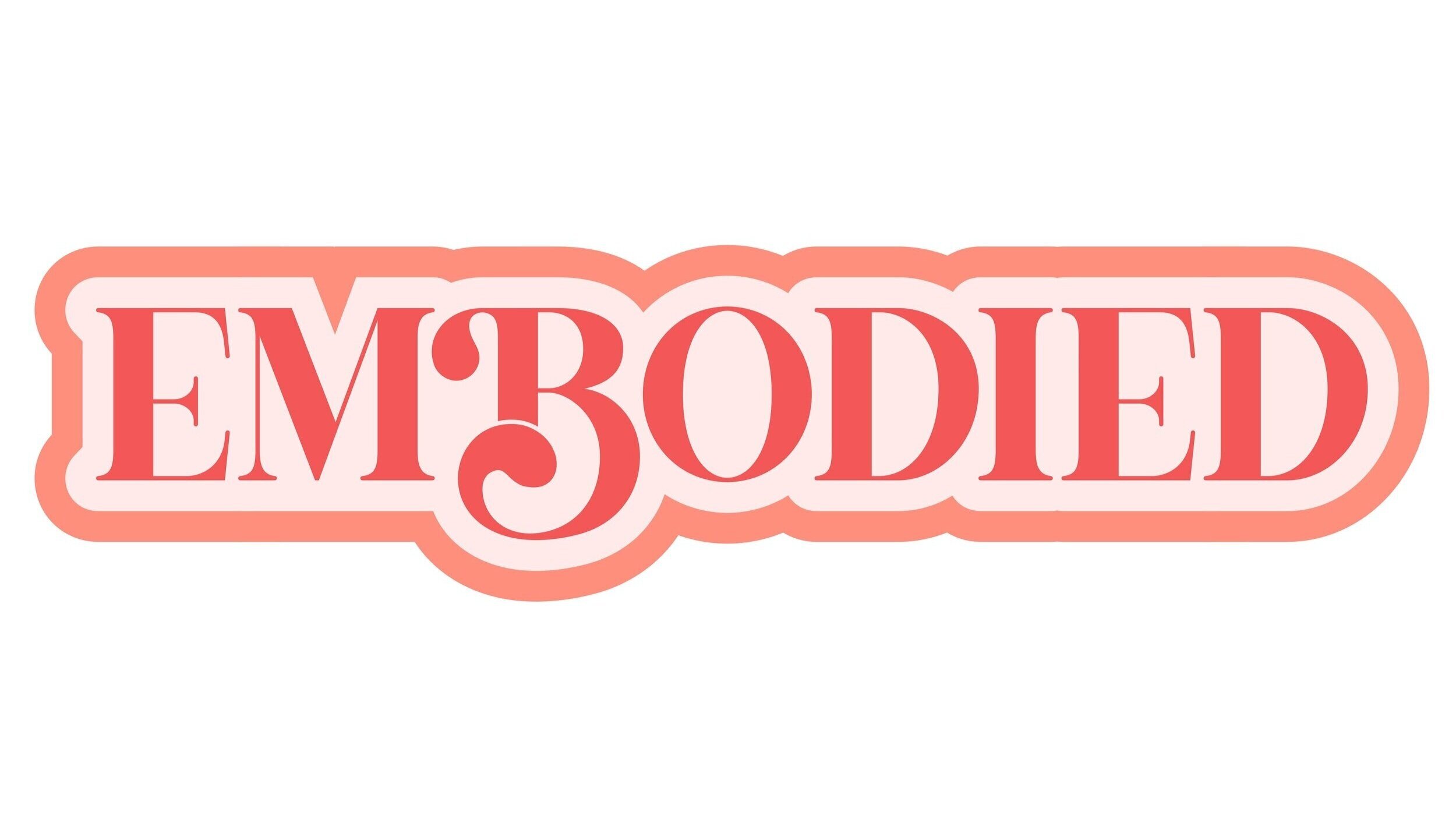Magazine Mainstay
By Embodied Writers
Image via Man Repeller
In a new take on The September Issue, over the span of one week in September, four editors-in-chief of major print magazines announced that they were stepping down from their titles. Robbie Meyers of Elle, Nancy Gibbs of Time, Graydon Carter of Vanity Fair, and Cindi Leive of Glamour all announced their departures from the mastheads that shaped their careers to this point.
It’s noteworthy that both Glamour and Vanity Fair are magazines published under American publishing conglomerate Condé Nast. In May of 2016, Elaine Welteroth was named editor-in-chief of Teen Vogue—only the second black editor-in-chief at Condé Nast—following Amy Astley’s leave from the position after 13 years. Surrounding the criticism that fashion-based publications have historically lacked diversity in both its content and its staff, Condé Nast has created a diversity committee led by Anna Wintour, editor-in-chief of Vogue, and David Remnick of The New Yorker. She elaborates on this motion in a WWD interview, saying:
“I think that any media company today has a responsibility to reflect the world that we are all living in. That is about diversity of sexuality, it’s about diversity of race, it’s about diversity of belief… I think there is no question that Condé Nast feels very strongly that we all have a responsibility to support and respect that diversity. I think that you could certainly look at what many titles at Condé Nast have done and understand that.”
While neither Glamour nor Vanity Fair have named their new editors-in-chief, Elle has appointed Nina Garcia to take on the role.
This moment of uncertainty is altering the bedrock of the magazine publishing industry, preparing for a renaissance in the governing perspective of America’s leading voices in fashion, beauty, arts, and culture. In what seems to be a moment where two roads are diverged in a wood, there is the potential for these publications to follow in the steps of Teen Vogue’s editorial revamp or InStyle’s increase in video content. Welteroth and Laura Brown of InStyle have redefined what it means to be an Editor-in-Chief. Welteroth has begun a dialogue with her readers, capturing the young demographic’s newly ignited passion for social justice issues and speaking with them, as opposed to at them. Brown brings a vibrant voice to InStyle, an aspect of growing importance for EIC’s and their publications to embrace.
With the changing of the editorial guard, incoming Editors-in-Chiefs will have many key decisions to make outside of content direction. Notably, the newly appointed editors will need to decide how they prioritize print over digital content. While digital content may present more flexibility and creative freedom, the heart of a magazine is rooted in its glossy pages. However, the sudden shuttering of Nylon Magazine’s print edition after 18 years of publication to “focus on its digital content and social media platforms, as well as its creative studios, events and influencer businesses” undoubtedly sends a message to the industry as a whole suggesting that eventually, a choice must be made, or alternatively, that a more palatable balance must be struck.
As a presumable identity crisis ensues amongst the staff and editorial direction of Elle, Vanity Fair and Glamour, an onslaught of digitally based outlets invite new competition to the print industry. Digital platforms, such as The Coveteur and Man Repeller, are embedded within cyberspace and can easily adapt to shifting landscapes in technology as well as chat with readers and directly shape the personality of their site. Influencers and millennial voices, such as Cleo Wade, enter into this landscape, albeit on the outskirts. While not focused specifically on editorial content, Instagram influencers have garnered enviable followings through digital content and a presence that is both politically relevant and easily adaptable to the ever-evolving tides of Instagram’s algorithm.
While the turnover between leadership in the print and media industry takes place, the industry is yearning for certainty in a period of alternative facts. Mainstay editors such as Anna Wintour, Laura Brown, and Carine Roitfeld are proving to be the steadfast Lady Liberties amidst stormy Hudson waters, waiting patiently to be joined by fresh perspectives and reinvigorate what it means to be an Editor-in-Chief in the realm of fashion publications.
What I see as a way out of this fragile moment is for the magazines themselves to forge dialogues around community. The digital affordances for this are clear, with obvious links to online spaces for community engagement. The comments section and the DM inbox should arise as an editor’s new best friend, offering the a chance to engage directly with readers in order to foster dialogue. Whether turning or tapping to the next page, fostering this dialogue within a community can transform moments of uncertainty into moments of clarity.
Originally published 10/18/17

